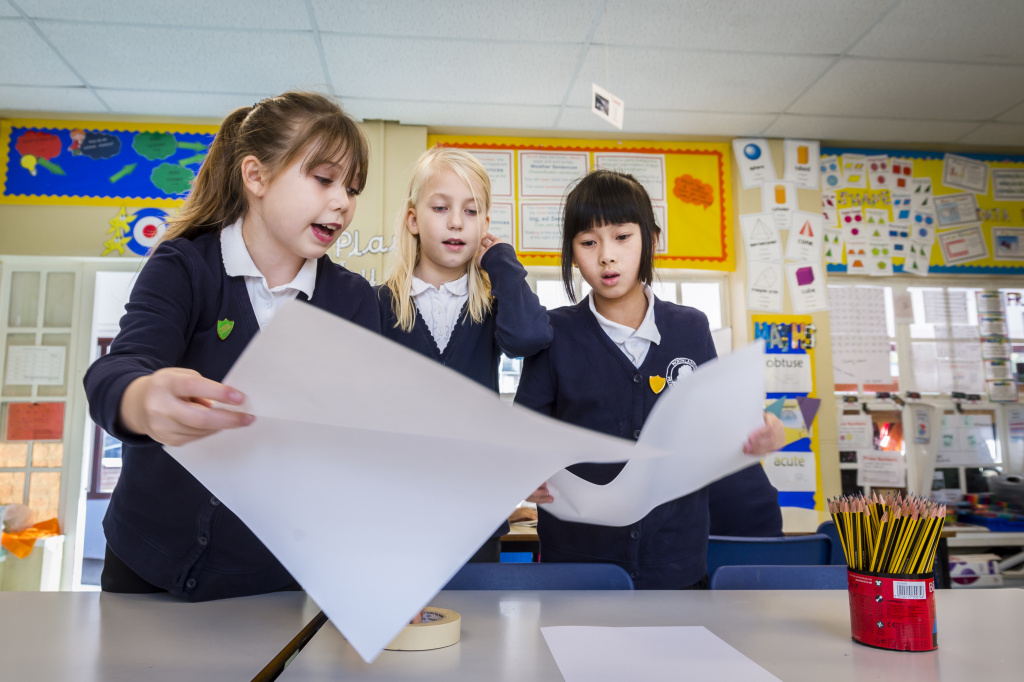
For many of us, thinking back to our first few days at secondary school can evoke pretty strong emotions – whether that’s worry at meeting the higher expectations of new teachers, or the daunting prospect of suddenly being among the smallest and youngest pupils in a much bigger school environment.
When these challenges feel overwhelming, it’s understandable that may learners will struggle to integrate into their new school. And the truth is that if we get that all-important transition from primary wrong, many children may never properly integrate into secondary school, leading to wasted potential.
As Ofsted flagged in its 2016 annual report1, the transition from primary to secondary continues to be a point where some pupils begin to fall behind. In fact, research shows that a poorly handled transition can, for some learners, result in lower grades, poor attendance, increased anxiety and disruptive behaviour.
Even at age 18, low self-esteem, depression and poor academic attainment have been reported in pupils who described their move to secondary school as difficult – showing the long term impacts that a negative experience can have2.
Rising to the challenge
In an attempt to support schools in addressing these challenges, we embarked on an 18-month research project and pilot programme in collaboration with The Progression Trust, with funding of £147,000 from the Paul Hamlyn Foundation. The aim of the project – ‘Building for Progression: A Foot on the Ladder’ – was to create and trial classroom activities to support learners in their transition from primary to secondary education.